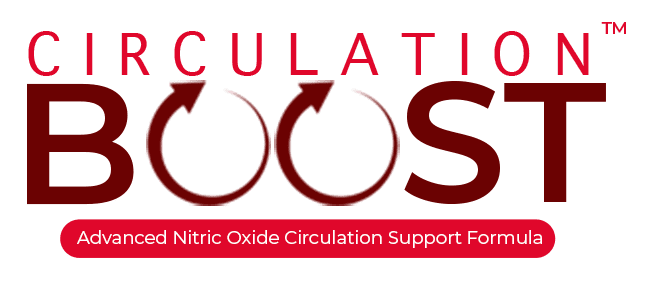A new scientific statement points to salt as a cardiovascular risk factor. Learn how to eat less salt and improve your heart health.
According to a new scientific statement, salt sensitivity is emerging as a cardiovascular risk factor. The American Heart Association (AHA) has various tips when it comes to heart health, and keeping sodium in check is among them.
In the U.S., people consume an average of 3,500 mg of sodium per day, exceeding the AHA’s recommendation by more than double the amount. In other words, Americans can benefit by reducing the amount of salt in their diets.
While people with high blood pressure (hypertension) can specifically benefit from limiting their sodium intake, the practice applies to everyone. By eating less salt, you can reduce the risk of hypertension as you age.
Moreover, it’s likely that 90% of American adults will develop hypertension, so it’s a good idea to maintain healthy circulation now.
How Salt Impacts People
According to the scientific statement, there are a few factors that can impact how your body reacts to salt intake. Some of these factors include age, weight, race/ethnicity, sex, and medical conditions like diabetes and hypertension.
While people with salt sensitivity may be specially affected by their sodium intake, experts say that testing for it is not practical. However, you don’t need to be diagnosed with salt sensitivity to protect your heart health.
The following are tips you can follow to eat less salt and improve your heart health.
 How to Eat Less Salt
How to Eat Less Salt
1. Eat Fresh Foods
Unsurprisingly, it is healthier to eat fresh foods over the processed kind. You will often find that frozen, processed, and canned foods are usually full of added salt.
2. Read the Labels
Just about everything you need to know about your food’s content is in the label – so read it. Pay attention to the sodium amounts and choose products with lower-sodium levels.
As a point of reference, make sure the sodium is either less than or equal to the amount of calories per serving.
3. Know Your Food
As the saying goes, you need to watch what you eat – and know what you’re putting in your body. Some of the most common foods in the U.S. diet are full of sodium.
While it may be satisfying to eat foods like pizza, hot dogs, spaghetti, white bread, processed cheese, and cooked rice, they are sodium-rich. You don’t need to take them out of your diet completely, but you should make them a small part of your diet.
4. Watch Restaurant Food
Restaurants make it convenient to eat well-prepared meals, but there’s a catch. A lot of fast-food and chain restaurants have food items that contain more than four times the daily healthy limit for sodium.
Again, you don’t have to stop eating out to eat less salt (although, it definitely helps). Simply downsize your portions and know how much sodium is in the food you’re eating – and stay below the limit.
Moreover, you can even ask some restaurants to prepare some of your dishes with less or no salt.
5. Track Your Sodium
If you’re trying to maintain a healthy weight or walk a certain number of steps a day, you’re familiar with tracking numbers daily. Don’t stop with calories or steps – start counting your sodium intake.
As you track where your sodium “budget” is going, you’ll be able to naturally notice which foods are “high expenses.” Instead of wasting your sodium allowance in salt-heavy foods, use only small amounts of it in your foods and stay below your limit.
6. Practice Tastes Better
According to some studies, enjoying foods has little to do with how much salt content they have. In other words, you can enjoy foods with less salt by simply changing your sense of taste.
As you eat more foods with less salt, you’ll stop noticing the difference and enjoy low-sodium foods just as much as the sodium-rich ones.
Improving Heart Health
Reducing the amount of salt in your diet will help improve your overall heart health and minimize the risk of heart disease. However, there are other things you can do to boost your heart such as exercising regularly.
In addition to a healthy diet and being active, adding heart supplements to your routine may also help. One of the best heart and circulation supplements available is Circulation Boost.
The berry flavor supplement works by increasing the amount of nitric oxide in the body, leading to better circulation. Through its ingredients, Circulation Boost helps people increase their energy levels, improve their heart health, and support healthy blood pressure.
If you want to give your heart health that extra boost it needs in an effective and safe way, try Circulation Boost.

